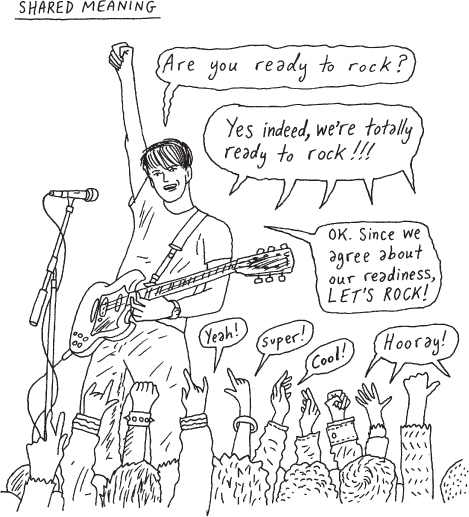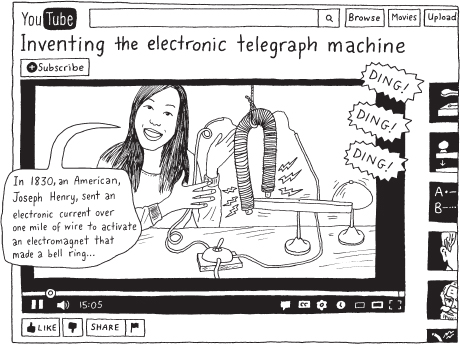New Technologies, New Channels
Printed Page 22
For thousands of years, public speaking was conducted exclusively face-to-face. Whether we are considering our ancient ancestors planning a hunt around a campfire or Susan B. Anthony calling for equal rights for women at the dawn of the twentieth century, speaker and audience were at the same location.

The rise of new communication technologies changed this, providing speakers with ever-expanding options for bringing their message to an audience. In 1923, Calvin Coolidge delivered the first presidential address broadcast on radio,24 and just twenty-four years later, President Truman delivered the first televised address.25 In the late twentieth century, the development of the Internet introduced even more channels for public speaking. Speakers can now present live speeches to remote audiences using videoconferencing or VoIP (voice over Internet protocol) technologies such as Skype or Google Hangout. They can also create podcasts or make digital recordings of their speeches available on platforms such as YouTube. These options are growing so fast that by the time this book is published, there will undoubtedly be more possibilities. If you are enrolled in an online speech class, you will probably have the chance to use some of these digital technologies to present your speeches. We discuss how to do this effectively in chapter 15.

Although technological innovation presents many options for speakers to reach audiences, face-to-face public speaking is unlikely to go the way of the passenger pigeon or landline phone any time soon. The connection that is created when speaker and audience are physically present is very powerful. As former secretary of state Hillary Clinton explained, “Even though we live in the age of so-called virtual reality, where I could do a video-conference with anybody in the world in government, I could even be satellite-beamed into a personal appearance somewhere . . . nothing substitutes for showing up.”26